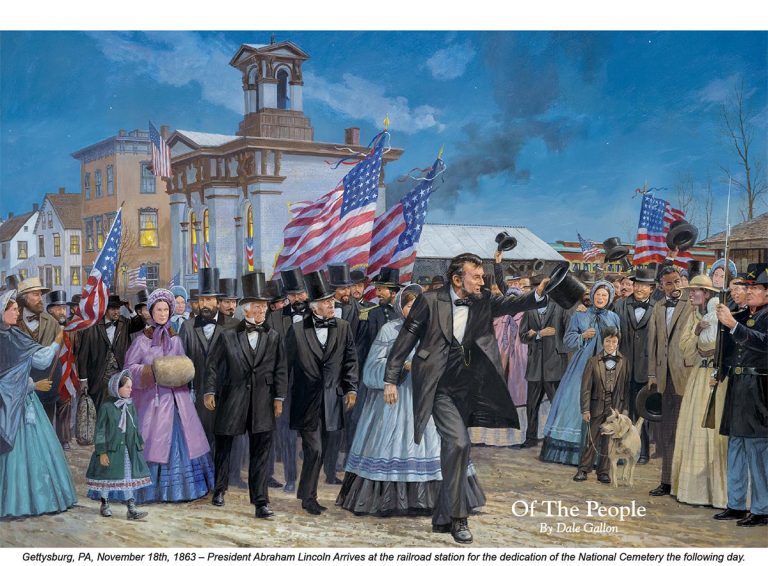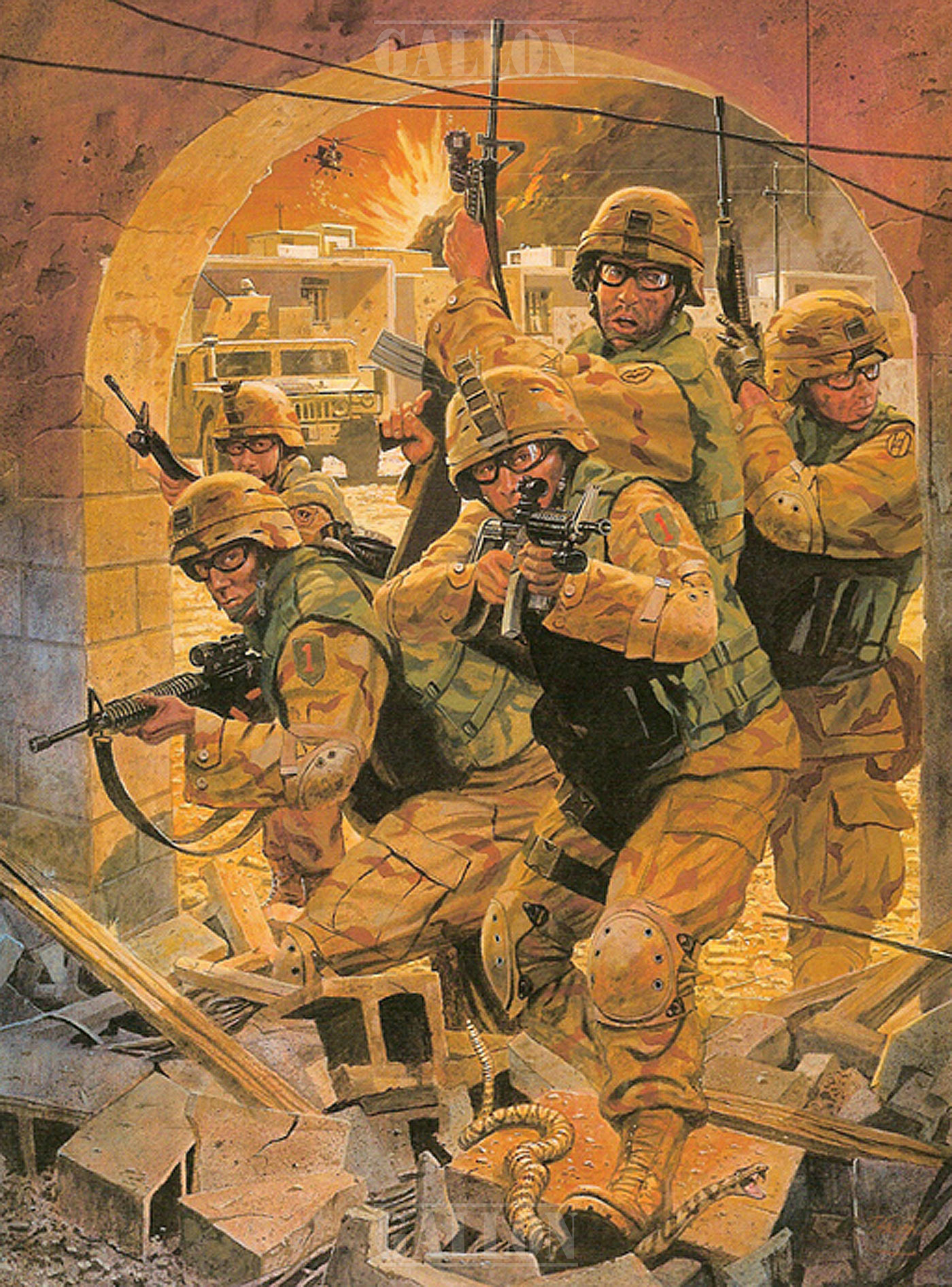Operation Iraqi Freedom
$285.00 – $575.00
“The Big Red One”
As the oldest, continuously serving Division in the history of the United States Army, the First Infantry Division and Task Force Danger continued to build its long and storied lineage during operations in Iraq from 2003 to 2005. Participating in all aspects of the war in Iraq, the Division led the establishment of Army Forces. Turkey, followed by the C-17 air insertion of Task Force 1-63 into Bashur Airfield, Iraq on April 7, 2003, the largest air insertion of armored heavy task force in and around Al Ramadi for 12 months beginning in September 2003. Units of Task Force Danger began deployment operations in January 2004, conducted training in Kuwait and an approach march north into North-Central Iraq, and completed a transfer of authority with the 4th Infantry Division on March 15, 2004. From intelligence driven combat operations, to stability and support operation, Task Force Danger soldiers made great strides to defeat the insurgency and return the country of Iraq to its citizens.
This print is a snapshot of Task Force Danger full-spectrum operations in Iraq. The concept for this print came from a photo taken on October 1, 2004 during combat operations in Samarra as a part of Operation Baton Rouge. The original photo, later seen on the cover of Newsweek, showed soldiers from the 9th Engineer Battalion, attached to Task Force 1-77, conducting urban operations to secure the city of Samarra under the command and control of the 2nd Brigade Combat Team. This was the start of operations to secure the city of Samara from insurgent forces and return control to legitimate Iraqi authorities. Over the months leading up to execution, Task Force Danger and the 2nd Brigade Team set the conditions for success. On September 20, 2004, the tempo of insurgent attacks in Samarra increased and the Prime Minister of the Government of Iraq made the decision to use force to eliminate enemy forces in the city. Combat operations began on October 1, 2004. The 2nd Brigade Combat Team, with five Task Force Danger task forces reinforced with six Iraqi Security Force battalions, attacked to destroy insurgent forces and strongholds within the first 72-hours of the operation. The Iraqi Security Forces committed to the battle played a major role in the liberation of Samarra, by clearing and securing key infrastructure and sensitive sites. Following combat, the Division surged financial support into the city to restore basic services and infrastructure, an effort critical to create conditions that would lead to the execution of larger civil-military projects. Operation Baton Rouge will serve as a model for future full-spectrum operations.
This print well represents operations conducted by Task Force Danger throughout the four provinces of Salah Ad Din, Diyala, Kirkuk and Sulaymaniyah of North-Central Iraq. Similar operations were conducted in cites like Kirkuk, Hawijah, Bayji, Tikrit, Balad, Ad Duluiyah, Baqubah, An Najaf, Ramadi, Mosul and Fallujah, to name just a few. Task Force Danger soldiers proved that the decisive and deliberate use of combat power would deter and eliminate the insurgent threat. An insurgent signal intercept described Big Red One soldiers as being “ferocious.”
The soldiers depicted in the print reflect the diversity of Task Force Danger, which was made up of numerous units not normally assigned to the division. Soldiers from the 2nd Brigade, 25th Infantry Division (Light) from Hawaii, the 30th enhanced Separate Brigade of the North Carolina Army National Guard, and the 264th Engineer Group of the Wisconsin Army National Guard are represented in the print. In addition, other units such a the 167th Corps Support Group of the New Hampshire Army National Guard and the 415th and 411th Civil Affairs Battalions were valued members of the team.
Note the soldier crushing the rattlesnake. This is symbolic of a Roosevelt quote, which epitomized the Division’s attitude towards their mission in Iraq, “When you see a rattlesnake poised to strike, you do not with until he has struck before you crush it.” On a daily basis, the soldiers of Task Force Danger conducted intelligence-driven combat operations to defeat the enemy, while at the same time changing Iraqi attitudes and giving the people alternatives to insurgency.
The culmination of the Division’s yearlong deployment was overseeing the elections for the Iraqi National Assembly in January 2005. Due in large measure to the Task Force Danger work to set the Iraqi Security Forces and people up for success, 64 percent of registered voters (over one million) defied the insurgency and voted. Momentum was achieved and there is no turning back.
The beginning of 2005 signaled the transfer of the mission to the 42nd Infantry Division on February 14, 2005 and redeployment of Task Force Danger units. This depiction of Operation Iraqi Freedom is dedicated to the 193 soldiers, airmen and marines who gave their full measure while in support of either the Fort Riley based 1st Brigade Combat Team or Task Force Danger during Operation Iraqi Freedom I and II. They and their families will forever be in our prayers. No mission to difficult, no sacrifice to great. Duty first!
Original Commissioned by the US Army First Infantry Division.
Release Year: 2005


